Home>Gardening & Outdoor>Outdoor Structures>What Plywood To Use For Shed Floor
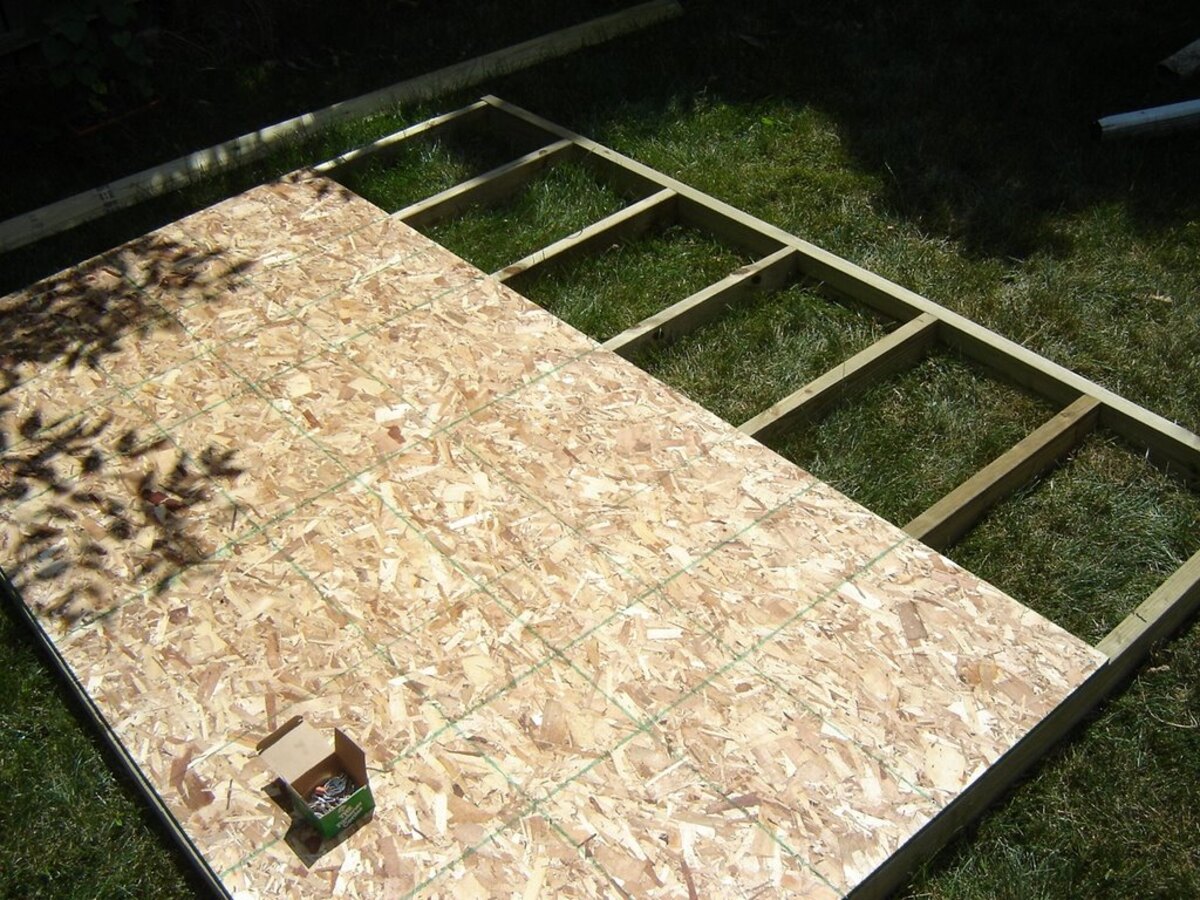

Outdoor Structures
What Plywood To Use For Shed Floor
Modified: August 29, 2024
Discover the best plywood for your outdoor shed floor. Find the right materials for a durable and long-lasting structure. Ideal for outdoor structures.
(Many of the links in this article redirect to a specific reviewed product. Your purchase of these products through affiliate links helps to generate commission for Storables.com, at no extra cost. Learn more)
Introduction
When it comes to constructing a sturdy and reliable shed, the choice of plywood for the shed floor is a critical decision. The floor of a shed bears the brunt of heavy equipment, storage items, and foot traffic, making it essential to select the right type of plywood to ensure durability and longevity. Understanding the various options available and their respective advantages and disadvantages is key to making an informed decision.
In this guide, we will explore the different types of plywood commonly used for shed floors, including pressure-treated plywood, CDX plywood, and OSB (Oriented Strand Board). We will delve into the unique properties of each type, the factors to consider when making a selection, and the overall advantages and disadvantages of these materials. By the end of this comprehensive overview, you will be equipped with the knowledge needed to make an informed choice that aligns with your specific shed construction requirements.
Key Takeaways:
- Choose pressure-treated plywood for shed floors in humid areas for exceptional moisture resistance and durability, despite higher initial cost and maintenance needs.
- Consider CDX plywood for shed floors when balancing strength and affordability, but be mindful of additional protective measures required in moisture-prone environments.
Read more: How Thick Plywood For Shed Floor
Types of Plywood
Before delving into the specifics of each type of plywood suitable for shed floors, it’s essential to understand the characteristics and applications of these materials.
1. Pressure-Treated Plywood
Pressure-treated plywood is specially treated with chemicals to enhance its resistance to moisture, decay, and insects. This type of plywood is ideal for outdoor applications, making it a popular choice for shed floors. The treatment process involves placing the plywood in a pressurized cylinder, where the preservatives are forced deep into the wood fibers. As a result, pressure-treated plywood exhibits exceptional durability and can withstand exposure to the elements, making it an excellent option for sheds located in damp or humid environments.
2. CDX Plywood
CDX plywood is a versatile and cost-effective option commonly used in construction and woodworking projects. The “CDX” designation stands for the grades of the two visible sides of the plywood: “C” represents the better quality side, while “D” denotes the lower quality side. The “X” indicates that the plywood is designed for exterior use. While CDX plywood may not offer the same level of moisture resistance as pressure-treated plywood, it remains a popular choice for shed floors due to its strength and relative affordability.
3. OSB (Oriented Strand Board)
OSB, or Oriented Strand Board, is an engineered wood product made by compressing and gluing together strands of wood in a cross-oriented pattern. This results in a panel with excellent structural integrity and dimensional stability. While OSB is not plywood in the traditional sense, it is often used interchangeably with plywood in construction projects. When used as a shed floor material, OSB offers robust performance and is typically more budget-friendly than traditional plywood options.
Understanding the unique properties of each type of plywood is crucial when determining the most suitable material for a shed floor. In the following sections, we will explore the advantages and disadvantages of pressure-treated plywood, CDX plywood, and OSB, providing valuable insights to aid in the decision-making process.
Pressure-Treated Plywood
Pressure-treated plywood is a resilient and durable material that is specifically designed to withstand the rigors of outdoor exposure, making it an excellent choice for shed floors. The treatment process involves impregnating the plywood with preservatives under high pressure, ensuring deep penetration and long-lasting protection against moisture, decay, and insect damage.
One of the primary advantages of pressure-treated plywood is its exceptional resistance to moisture-related issues. This makes it well-suited for sheds located in areas prone to high humidity, frequent rainfall, or ground moisture. By effectively repelling water and inhibiting fungal decay, pressure-treated plywood provides a reliable foundation for the shed floor, reducing the risk of rot and structural compromise over time.
Furthermore, the preservative treatment enhances the plywood’s resistance to insect infestations, offering added protection against termites and other wood-boring pests. This is particularly advantageous in regions where wood-destroying insects pose a significant threat to wooden structures.
While pressure-treated plywood boasts impressive durability, it is essential to note that regular maintenance is still crucial for prolonging its lifespan. Applying a sealant or water-repellent coating can provide an additional layer of protection, further safeguarding the plywood against moisture infiltration and UV exposure.
When using pressure-treated plywood for shed floors, it is important to follow best practices for installation, including proper ventilation to prevent moisture buildup between the plywood and the underlying support structure. Additionally, using galvanized or stainless steel fasteners is recommended to prevent corrosion and ensure long-term structural integrity.
Despite its numerous benefits, pressure-treated plywood may be relatively more expensive than non-treated alternatives. However, the long-term savings resulting from its extended lifespan and resistance to environmental hazards make it a cost-effective investment for a durable and reliable shed floor.
By leveraging the inherent strength and protective properties of pressure-treated plywood, shed owners can create a solid and resilient flooring foundation that withstands the challenges of the outdoor environment, ensuring years of reliable use and structural stability.
CDX Plywood
CDX plywood, a versatile and widely used material in construction and woodworking, is a popular choice for shed floors due to its strength, affordability, and suitability for exterior applications. The designation “CDX” signifies the quality and intended use of the plywood, with the “C” side representing the higher quality surface and the “D” side denoting the lower quality surface. The “X” classification indicates that the plywood is designed for exterior use, making it well-suited for shed construction where exposure to the elements is a consideration.
One of the key advantages of CDX plywood is its structural integrity and dimensional stability, providing a reliable foundation for shed floors. The layers of wood veneer are bonded together with water-resistant adhesive, enhancing the plywood’s resistance to warping, twisting, and delamination. This robust construction ensures that the shed floor remains flat and stable, capable of supporting heavy equipment, storage items, and foot traffic without compromising its structural integrity.
While CDX plywood offers commendable strength and durability, it is important to acknowledge that it may not provide the same level of moisture resistance as pressure-treated plywood. As a result, sheds located in regions with high humidity, frequent precipitation, or ground moisture may require additional measures to protect the CDX plywood from moisture-related issues, such as applying a weatherproof sealant or utilizing effective drainage systems.
Another noteworthy aspect of CDX plywood is its cost-effectiveness, making it an attractive option for shed owners seeking a balance between performance and budget considerations. By offering a reliable and durable flooring solution at a relatively affordable price point, CDX plywood presents a compelling choice for shed construction projects where cost efficiency is a priority.
When utilizing CDX plywood for shed floors, proper installation techniques and maintenance practices are essential for maximizing its longevity and performance. Ensuring adequate ventilation beneath the plywood and promptly addressing any signs of moisture accumulation can help mitigate the risk of decay and prolong the lifespan of the shed floor.
By leveraging the strength, stability, and cost-effectiveness of CDX plywood, shed owners can establish a solid and dependable flooring platform that meets the demands of everyday use while aligning with budgetary considerations, ultimately contributing to the overall integrity and functionality of the shed structure.
OSB (Oriented Strand Board)
OSB, or Oriented Strand Board, is an engineered wood product that has gained popularity in construction projects, including shed flooring applications. Composed of compressed and bonded wood strands arranged in cross-oriented layers, OSB exhibits remarkable structural strength and dimensional stability, making it a viable alternative to traditional plywood options.
One of the primary advantages of OSB for shed floors is its exceptional load-bearing capacity and resistance to deflection. The cross-oriented arrangement of wood strands contributes to the panel’s strength, allowing it to support heavy loads without sagging or compromising its structural integrity. This characteristic is particularly advantageous for sheds used to store equipment, tools, and other heavy items, as the OSB flooring can withstand the associated weight and usage demands.
Furthermore, OSB is often more cost-effective than traditional plywood, making it an appealing choice for shed owners seeking a budget-friendly flooring solution without sacrificing performance. The affordability of OSB allows shed construction projects to remain cost-efficient while still benefitting from a durable and reliable flooring material.
While OSB offers commendable strength and cost advantages, it is essential to consider its moisture resistance properties when used for shed floors. Unlike pressure-treated plywood, which is specifically treated to withstand moisture and decay, OSB may be more susceptible to water damage if exposed to prolonged or excessive moisture. As a result, sheds located in areas with high humidity or prone to moisture infiltration may require additional moisture mitigation measures, such as proper sealing and protection from direct ground contact.
Proper installation and maintenance are crucial for optimizing the performance and longevity of OSB shed floors. Adequate ventilation, regular inspections for signs of moisture ingress, and prompt remediation of any issues can help preserve the structural integrity of the OSB flooring, ensuring its continued reliability and functionality over time.
By leveraging the strength, affordability, and structural stability of OSB, shed owners can establish a resilient and cost-effective flooring solution that meets the demands of everyday use while aligning with budgetary considerations, ultimately contributing to the overall durability and utility of the shed structure.
Read more: What To Use For Shed Flooring
Advantages and Disadvantages of Each Type
When considering the most suitable plywood for a shed floor, it is essential to weigh the distinct advantages and disadvantages of each type to make an informed decision that aligns with specific project requirements. Here, we delve into the unique characteristics of pressure-treated plywood, CDX plywood, and OSB, highlighting their respective strengths and potential limitations.
Pressure-Treated Plywood
Advantages:
- Exceptional resistance to moisture, decay, and insects, making it ideal for sheds in humid or damp environments.
- Enhanced durability and longevity, reducing the risk of rot and structural compromise over time.
- Added protection against wood-boring pests, such as termites, ensuring the integrity of the shed floor.
Disadvantages:
- Relatively higher initial cost compared to non-treated plywood options.
- Regular maintenance, such as applying sealants or water-repellent coatings, is necessary to prolong its lifespan.
- Requires the use of galvanized or stainless steel fasteners to prevent corrosion and maintain structural integrity.
CDX Plywood
Advantages:
- Strong structural integrity and dimensional stability, providing a reliable foundation for shed floors.
- Cost-effective option, offering durability at a relatively affordable price point.
- Suitable for exterior use, making it well-suited for shed construction projects.
Disadvantages:
- May not offer the same level of moisture resistance as pressure-treated plywood, requiring additional protective measures in humid or wet environments.
- Regular maintenance and potential weatherproofing treatments may be necessary to mitigate moisture-related issues.
OSB (Oriented Strand Board)
Advantages:
- Exceptional load-bearing capacity and resistance to deflection, making it suitable for supporting heavy loads in shed applications.
- Cost-effective alternative to traditional plywood, providing durability at a competitive price.
- Structural strength and dimensional stability, contributing to a reliable shed floor platform.
Disadvantages:
- May be more susceptible to moisture damage compared to pressure-treated plywood, requiring careful moisture management in shed applications.
- Regular maintenance, including proper sealing and protection from excessive moisture, is essential to preserve its structural integrity.
By carefully evaluating the advantages and disadvantages of pressure-treated plywood, CDX plywood, and OSB, shed owners can make an informed decision based on the specific environmental conditions, budget considerations, and performance requirements of their shed construction projects. Understanding the unique properties of each type of plywood is crucial for selecting the most suitable material to ensure a durable, resilient, and long-lasting shed floor.
Read more: What Plywood For Shed Roof
Factors to Consider When Choosing Plywood for Shed Floor
When selecting the plywood for a shed floor, several key factors should be taken into account to ensure that the chosen material aligns with the unique requirements and environmental conditions of the intended shed construction project. By carefully considering these essential factors, shed owners can make an informed decision that promotes durability, longevity, and structural integrity.
1. Environmental Conditions
The prevailing environmental factors in the location of the shed, such as humidity levels, precipitation, and ground moisture, play a crucial role in determining the most suitable plywood. For sheds situated in regions with high humidity or frequent rainfall, pressure-treated plywood may be the preferred choice due to its exceptional resistance to moisture-related issues and decay. Alternatively, sheds in drier climates or indoor environments may find CDX plywood or OSB to be viable options, provided appropriate moisture management measures are implemented.
2. Budget Considerations
Understanding the budget constraints of the shed construction project is essential when choosing plywood for the shed floor. Pressure-treated plywood, while offering superior durability and moisture resistance, may come with a higher initial cost compared to CDX plywood and OSB. Shed owners should evaluate the long-term benefits and cost savings associated with each plywood type to make a decision that balances performance with budget considerations.
3. Load-Bearing Requirements
The intended use of the shed and the anticipated loads placed on the floor should be carefully assessed. For sheds used to store heavy equipment, tools, or machinery, the load-bearing capacity of the plywood becomes a critical consideration. OSB, known for its exceptional load-bearing capacity and resistance to deflection, may be well-suited for sheds with demanding weight requirements, while pressure-treated plywood and CDX plywood also offer robust support for moderate to heavy loads.
Read more: What Size Plywood For Shed Roof
4. Maintenance Needs
Understanding the maintenance requirements of the chosen plywood is vital for ensuring the long-term performance and durability of the shed floor. Pressure-treated plywood may necessitate regular maintenance, such as applying sealants or water-repellent coatings, to enhance its resistance to moisture and UV exposure. CDX plywood and OSB, while offering cost advantages, may require additional weatherproofing treatments and vigilant moisture management to mitigate potential issues.
5. Long-Term Durability
Assessing the expected lifespan and durability of the shed floor is crucial for making a sustainable choice. Pressure-treated plywood is renowned for its longevity and resistance to decay, making it a compelling option for shed owners seeking a durable and low-maintenance flooring solution. CDX plywood and OSB, when properly installed and maintained, can also provide reliable long-term performance, especially when aligned with the specific environmental and load-bearing requirements of the shed.
By carefully evaluating the environmental conditions, budget considerations, load-bearing requirements, maintenance needs, and long-term durability, shed owners can make an informed decision when choosing the plywood for their shed floor. Each factor plays a crucial role in determining the most suitable material that promotes the overall reliability, functionality, and longevity of the shed structure.
Conclusion
Choosing the right plywood for a shed floor is a pivotal decision that directly impacts the durability, resilience, and longevity of the shed structure. By exploring the distinct characteristics of pressure-treated plywood, CDX plywood, and OSB, shed owners can gain valuable insights into the advantages, disadvantages, and considerations associated with each plywood type, empowering them to make informed choices that align with their specific project requirements.
Pressure-treated plywood stands out as a resilient and durable option, offering exceptional resistance to moisture, decay, and wood-boring pests. Its suitability for sheds in humid or damp environments, coupled with its longevity and structural integrity, positions it as a compelling choice for shed floors where long-term durability is paramount. However, shed owners should consider the initial cost and maintenance needs associated with pressure-treated plywood when making their selection.
CDX plywood, known for its strength, stability, and cost-effectiveness, provides a reliable flooring solution for sheds, offering a balance between performance and budget considerations. While it may require additional protective measures in moisture-prone environments, its structural integrity and affordability make it an attractive option for shed construction projects seeking a durable and cost-efficient flooring material.
OSB, with its exceptional load-bearing capacity and competitive pricing, presents a viable alternative to traditional plywood options for shed floors. Shed owners can leverage the strength and affordability of OSB, provided that careful moisture management and maintenance practices are implemented to safeguard its structural integrity in varying environmental conditions.
When choosing plywood for a shed floor, shed owners should carefully consider environmental conditions, budget constraints, load-bearing requirements, maintenance needs, and long-term durability to make an informed decision. By evaluating these essential factors, shed owners can select the most suitable plywood that promotes the overall reliability, functionality, and longevity of their shed structure.
Ultimately, the choice of plywood for a shed floor is a multifaceted decision that requires a comprehensive understanding of the unique properties and considerations associated with each plywood type. By leveraging this knowledge, shed owners can confidently select the plywood that best aligns with their shed construction needs, ensuring a durable, resilient, and long-lasting flooring solution that stands the test of time.
Frequently Asked Questions about What Plywood To Use For Shed Floor
Was this page helpful?
At Storables.com, we guarantee accurate and reliable information. Our content, validated by Expert Board Contributors, is crafted following stringent Editorial Policies. We're committed to providing you with well-researched, expert-backed insights for all your informational needs.
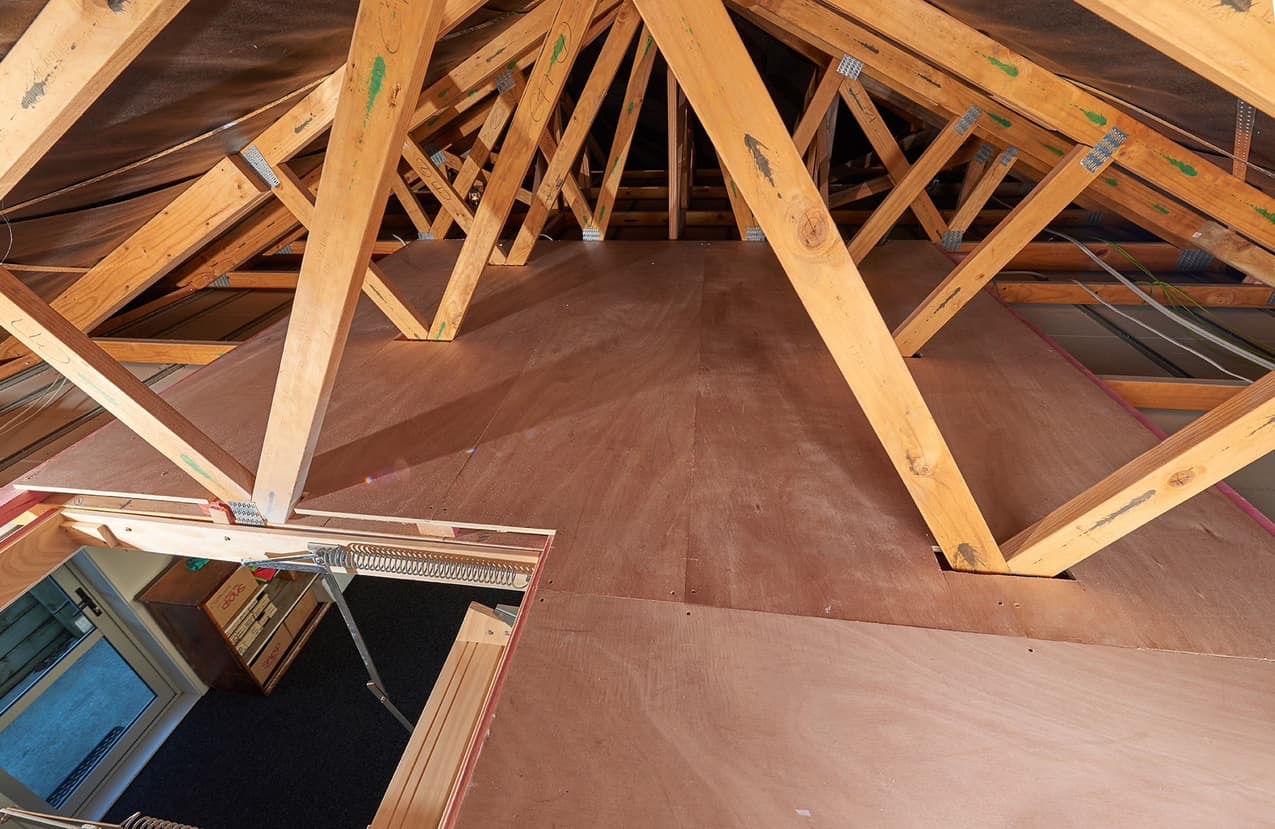
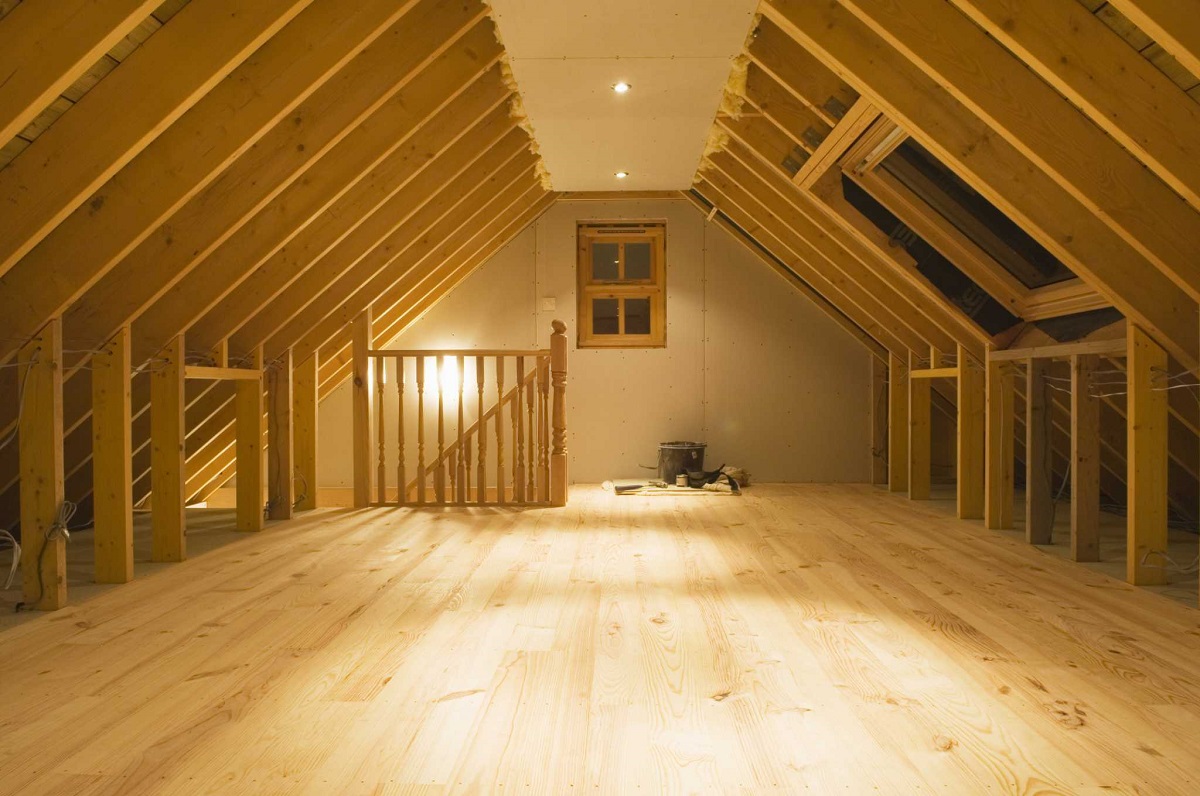
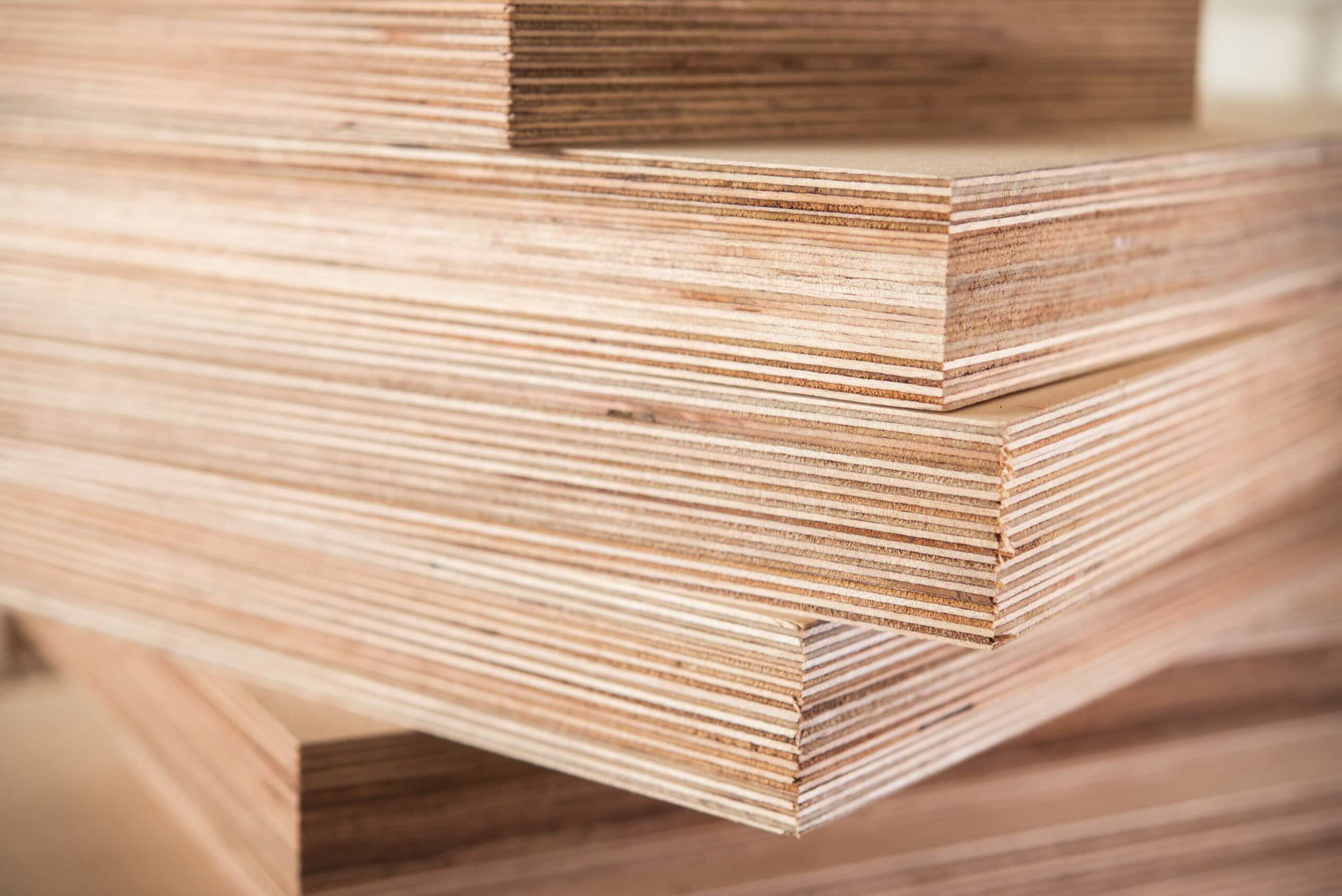
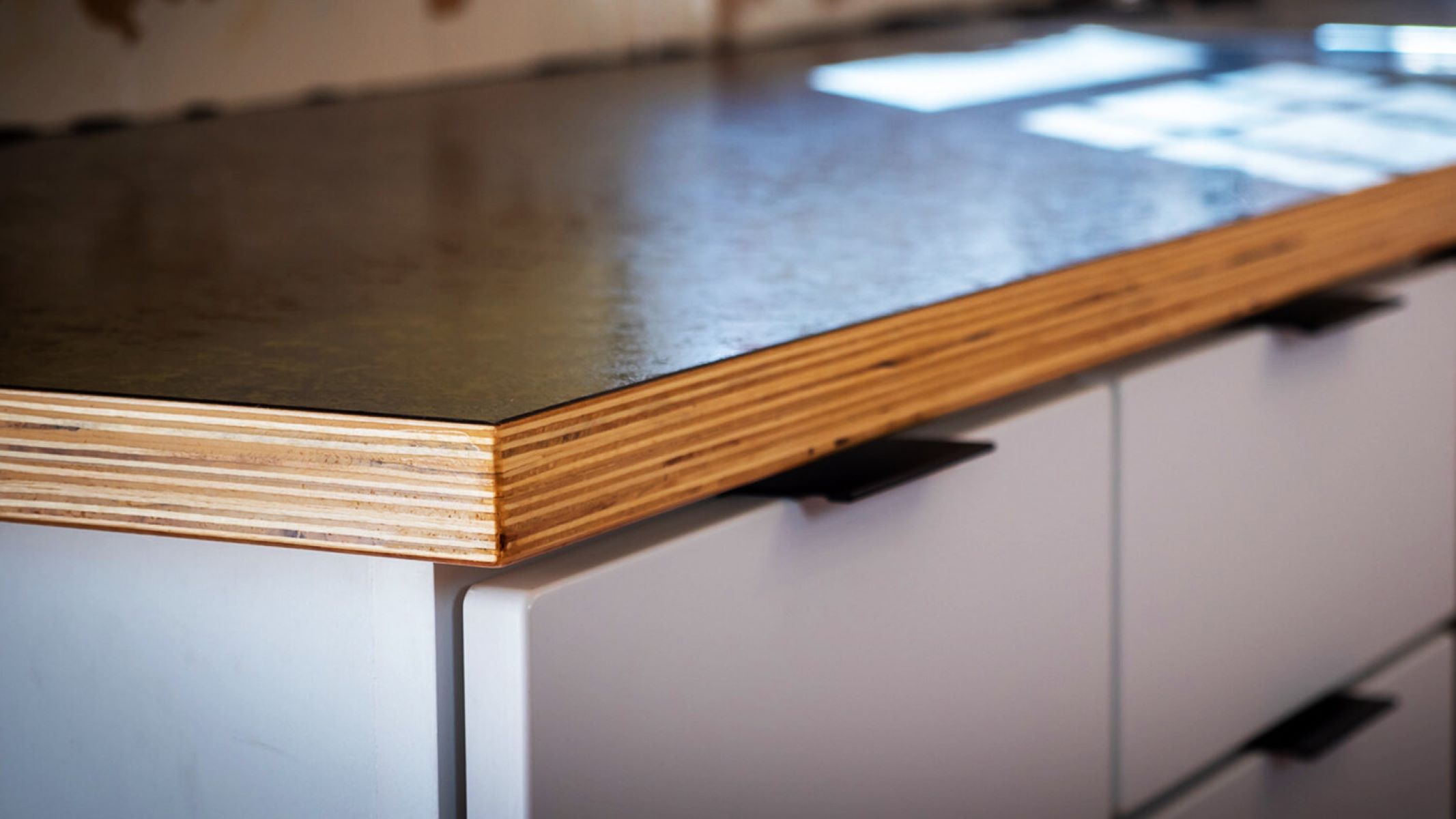
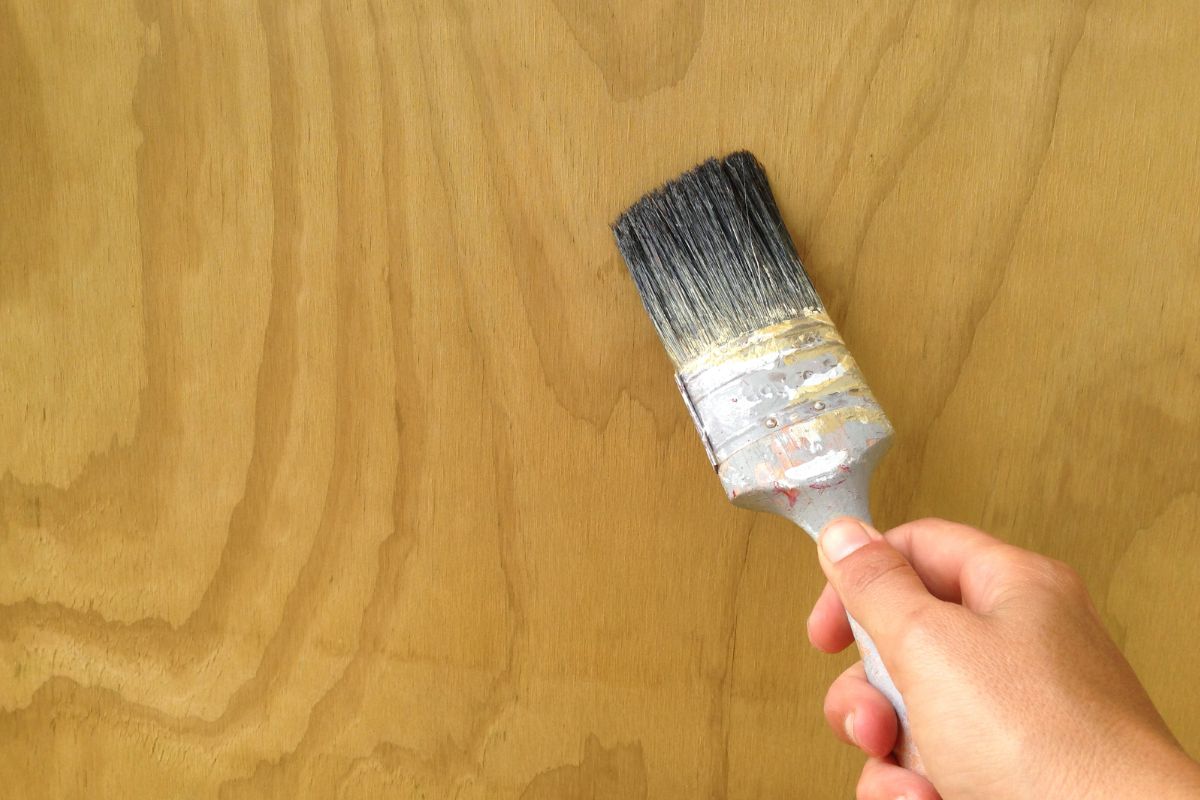
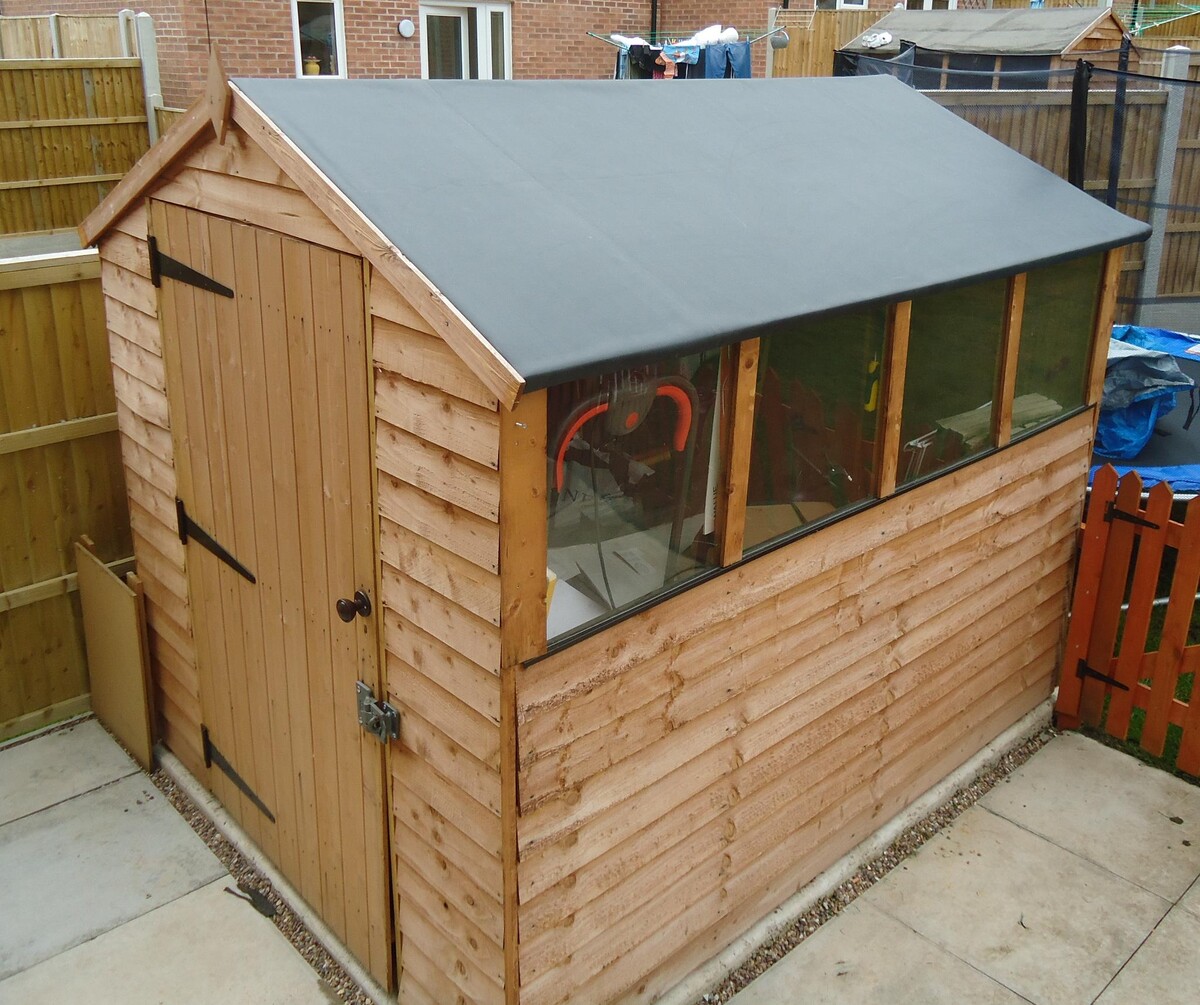
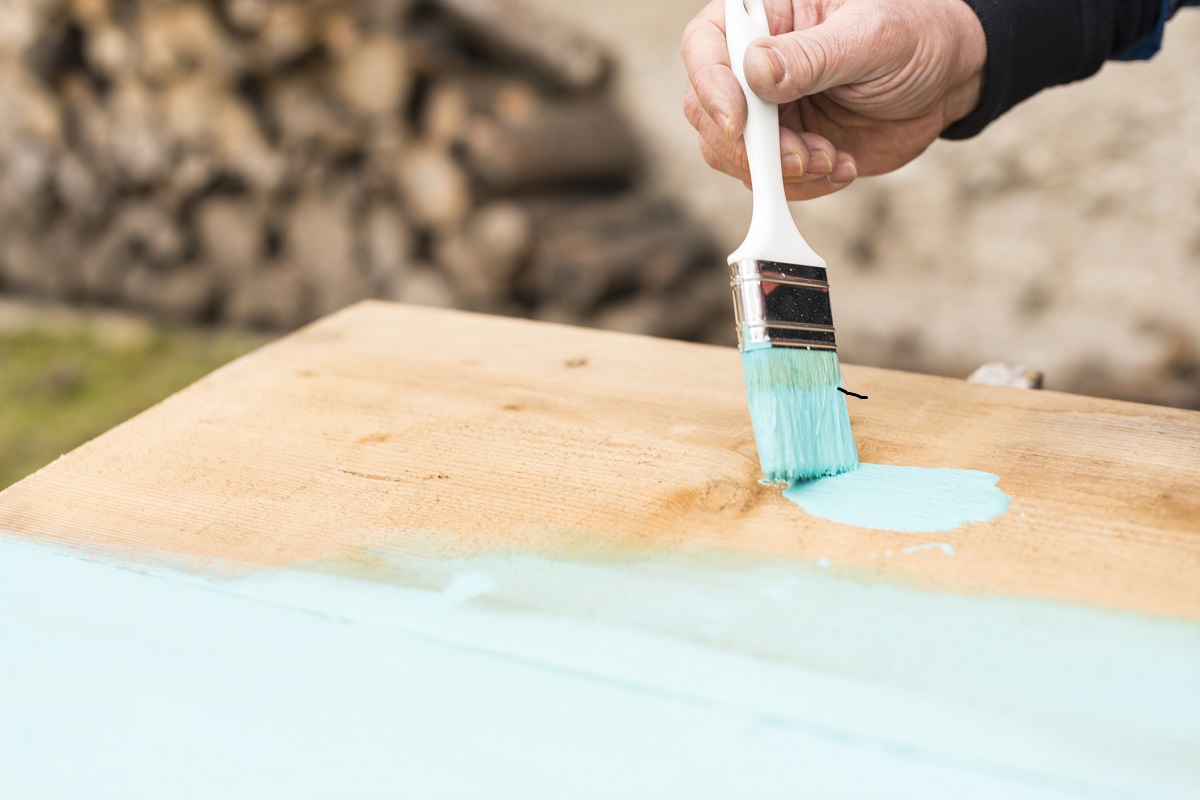
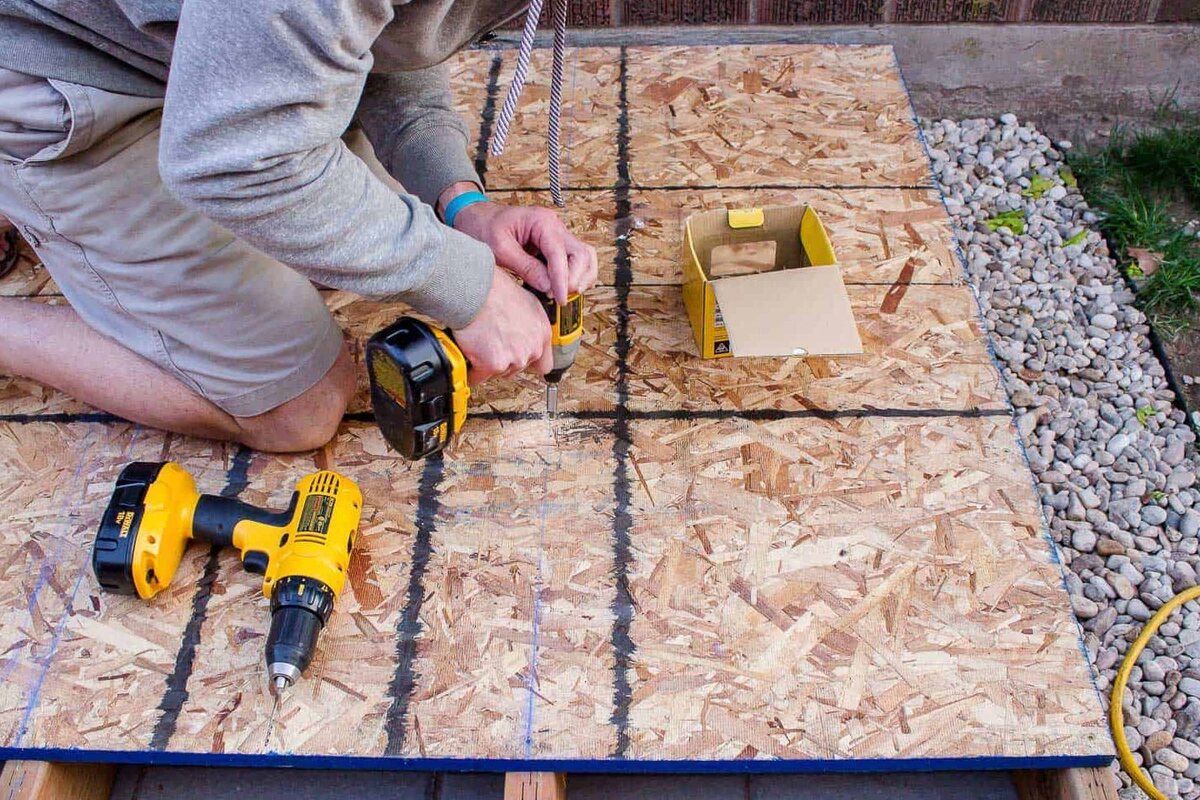
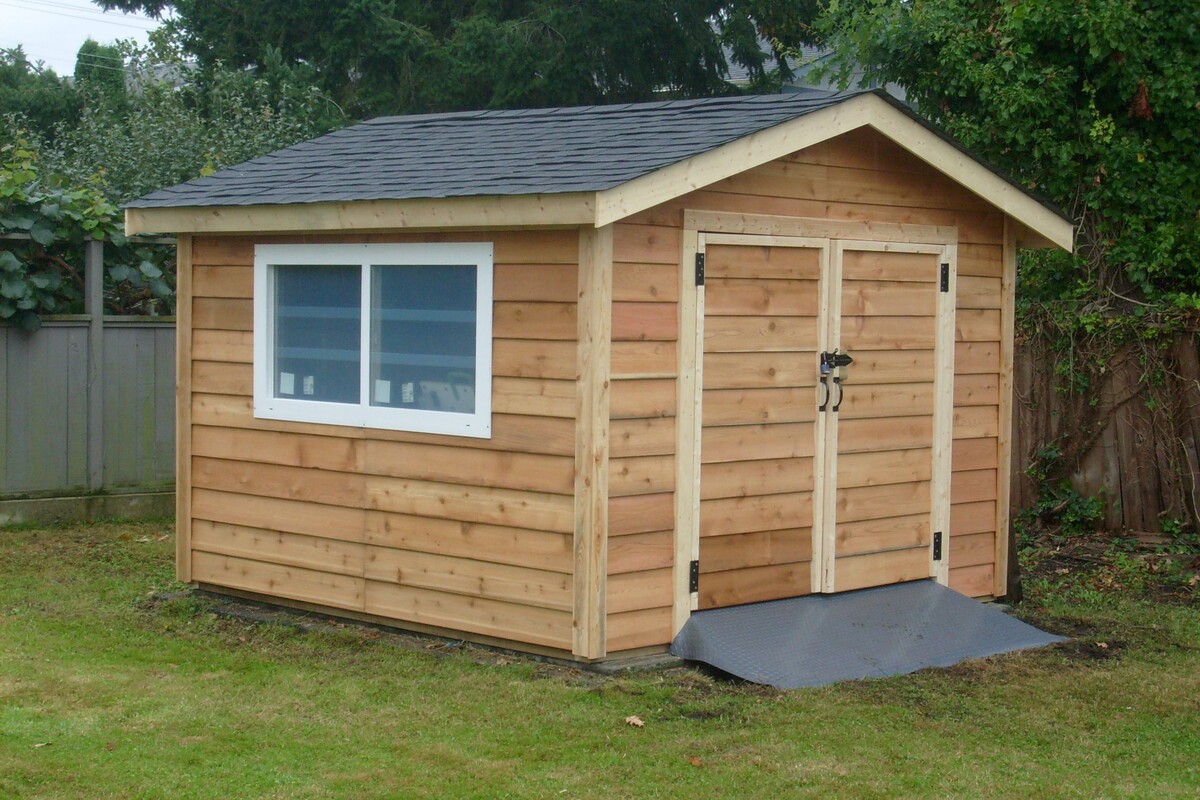
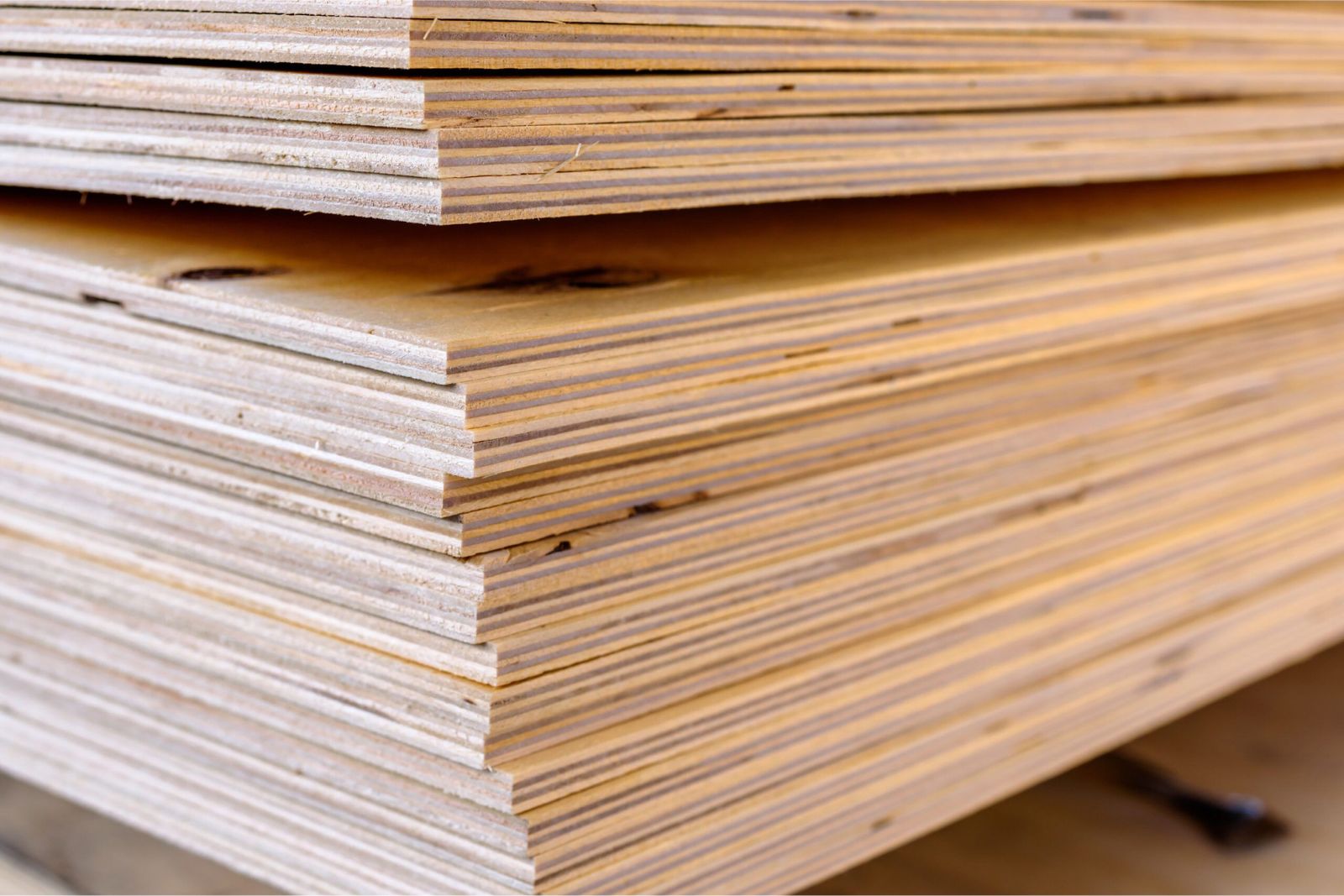
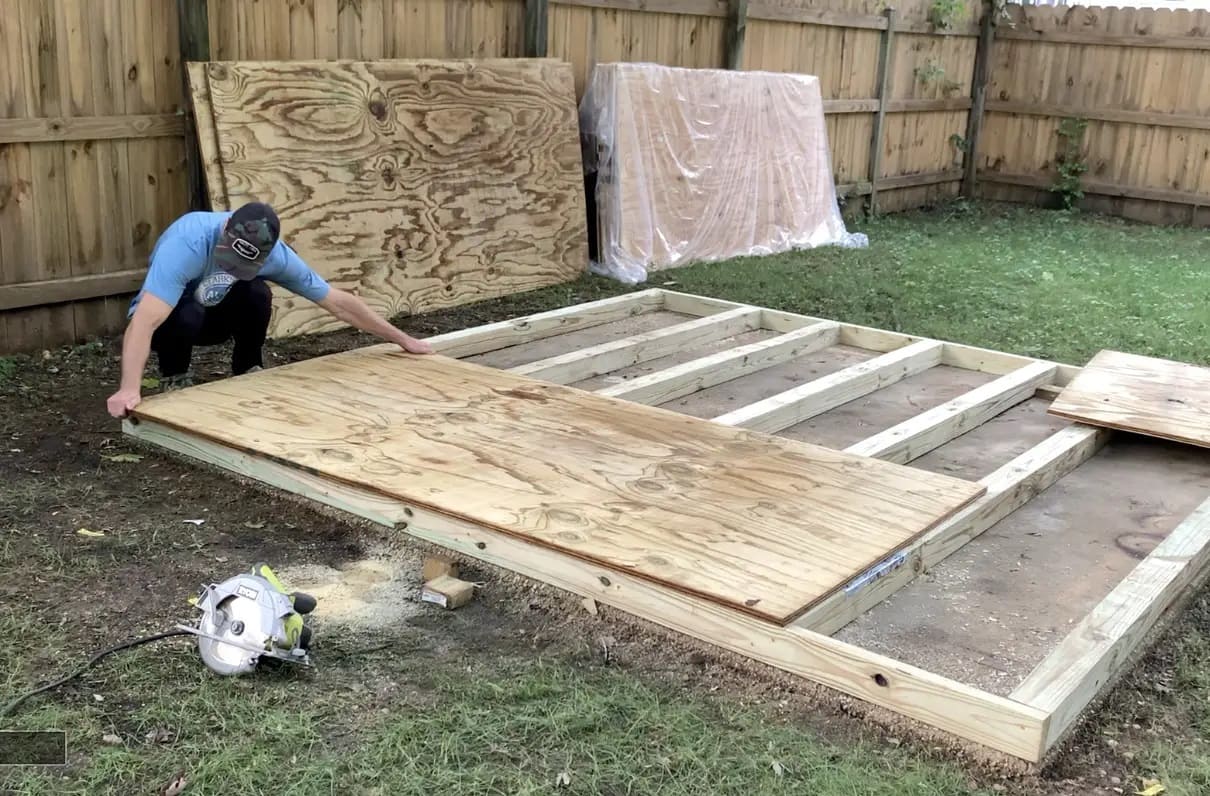
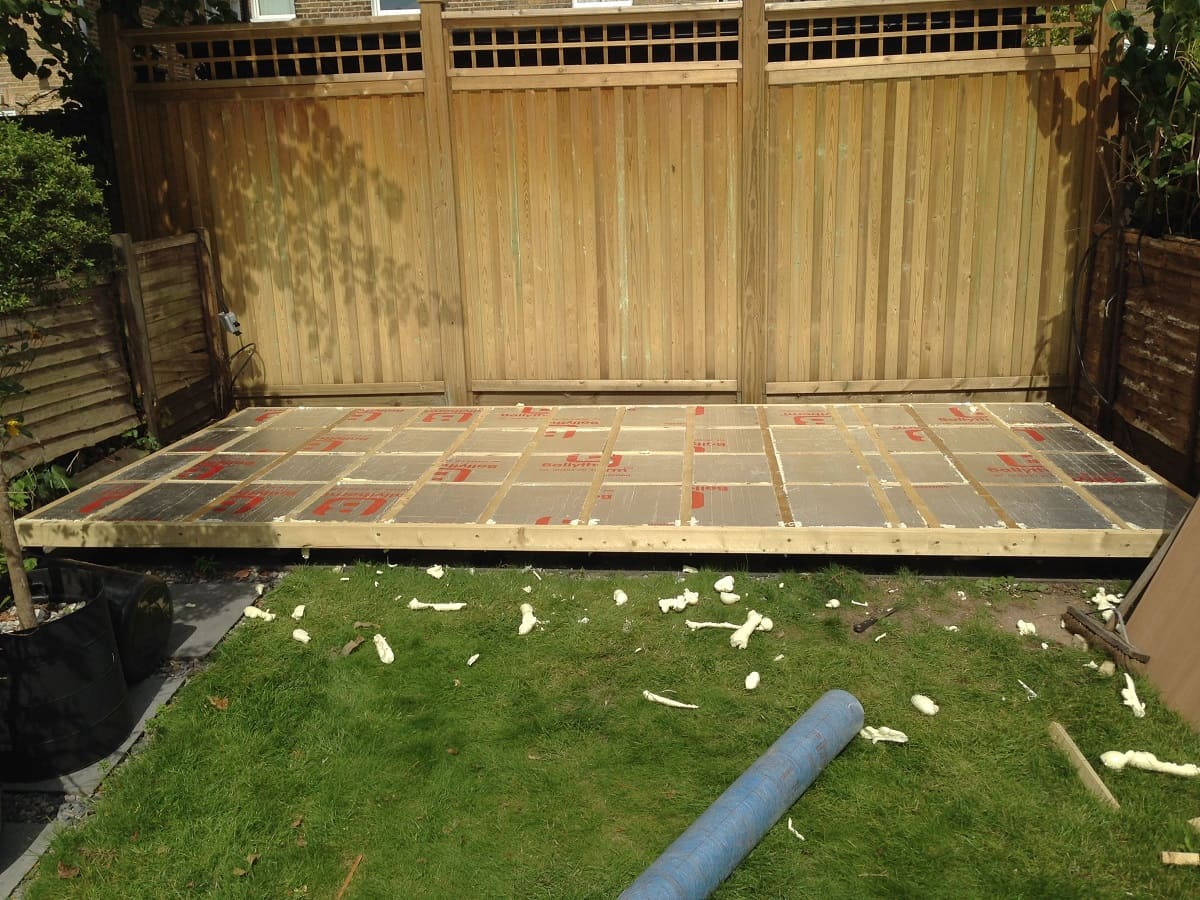

0 thoughts on “What Plywood To Use For Shed Floor”